
Weighing ‘reasonable expectation of success’ in drug patent inventiveness assessments in China
On August 13 2024, the Re-examination and Invalidation Department (previously known as the Patent Re-examination Board) of the CNIPA published the Compilation of Synopses of Exemplary Patent Re-examination and Invalidation Cases in 2023.
Nov 13 2024

CNIPA’s new tweak over inventiveness assessments of co-solvent compound crystals
Oct 15 2024
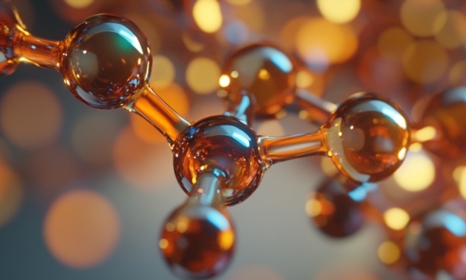
China’s Supreme Court offers guidance on admissibility of supplementary experimental data
In April 2024, China’s Supreme People's Court (SPC), acting as court of appeal, sided with the Beijing Intellectual Property Court (BIPC) in affirming the inventiveness of an enzalutamide compound patent. The SPC overturned an invalidation decision made by the CNIPA on November 5 2018, backing the invalidation action initiated by a Chinese rival, Shanghai Fosun Shinotech Pharmaceutical Co., Ltd., in 2018.
Sept 02 2024

Supreme People’s Court deals blow to Sanofi in patent invalidity rulings
In May 2024, China Judgements Online – the official online database of court judgments – published three Supreme People’s Court decisions (in which it was acting as a court of appeal) in three parallel proceedings involving pharma giant Sanofi’s patents for teriflunomide (brand name Aubagio).
Aug 28 2024

How to patent targeted therapy pharmaceuticals in China
Aug 07 2024
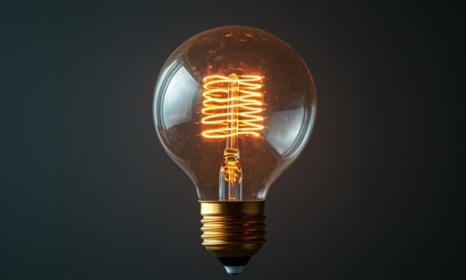
What applicants need to know about partial design examination in China
July 25 2024

Patenting AI-driven drug compound screening inventions in China
The integration of AI in drug discovery, particularly in the screening of drug compounds, ushers in seismic change to the pharmaceutical industry. AI technologies, especially machine learning and deep learning, have revolutionised how new drugs are identified and developed. The development of AI-driven algorithms fuels drug discovery from detecting and prioritising disease targets, identifying potential drug candidates within large chemical libraries, predicting molecular behaviour, to simulating clinical trial outcomes, which drastically shortens the process and brings down the costs.
July 05 2024
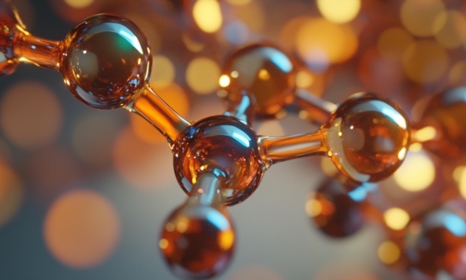
China’s SPC offers guidance on identifying technical problems actually solved in inventiveness assessments
The non-obviousness of a claimed invention to persons skilled in the art hinges on whether the prior art provides motivation for applying the distinguishing features of the invention to the closest prior art so as to solve the actual technical problem to be solved. If the technical problems actually solved by the invention are over-generalised, it will fail to identify the accurate improvement of the invention relative to the prior art, thus leading to an erroneous conclusion of obviousness.
May 23 2024

CNIPA clarifies examination rule over an inventiveness assessment step (2024)
Since non-obviousness of the invention is benchmarked against the closest prior art and the technical problem actually solved by the invention, should the technical problem be defined in an overly broad or narrow fashion – in particular, if it incorporates the distinguishing features of the invention or the guidance thereof – the assessment risks being subject to ‘hindsight bias’ and thus leads to a presumption of obviousness.
Apr 08 2024
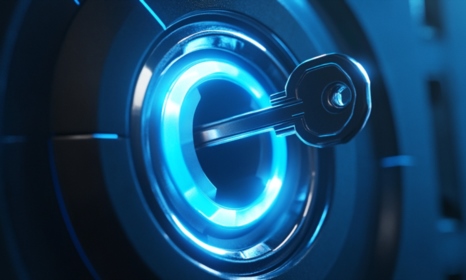
CNIPA offers guidance on validity assessments of siRNA patents
Ribonucleic acid interference (RNAi) refers to the biological mechanism wherein messenger RNA degradation is triggered by double-stranded small interfering RNAs (siRNA) with complementary sequences, leading to the suppression of target gene expression. Since abnormally overactive genes contribute to certain human diseases and RNAi could be utilised to silence such activity, RNAi represents one of the most promising and rapidly advancing frontiers in biology and drug development today. As a result, patent examination standards surrounding siRNA-related inventions have come under the spotlight in recent years.
Mar 12 2024
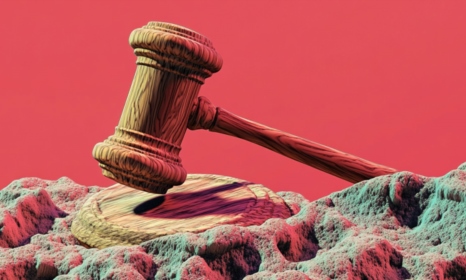
Supreme People’s Court offers much-needed guidance following high-profile monopoly dispute involving pharma patents
In one of China’s “Ten Exemplary Anti-monopoly and Unfair Competition Cases of 2023” (a list that was released on 14 September 2023), the Supreme People’s Court has elucidated the correlation between the market foreclosure effect and the exercise of patent rights. The impact of this decision is still being felt as it helps to establish stable jurisprudence in terms of active pharmaceutical ingredient (API) monopoly assessment involving patents.
Jan 24 2024

New guidelines for the patent term extension regime in China
The fourth amendment to China’s Patent Law (Article 42) introduced a patent term extension (PTE) regime in China. The newly revised Implementing Regulations of the Patent Law and the Guidelines for Patent Examination, which will enter into force on January 20 2024, flesh out the much-needed details of the regime.
Jan 19 2024



